Archive View
Grid View
List View
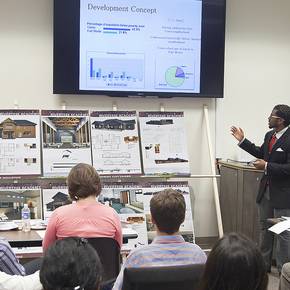






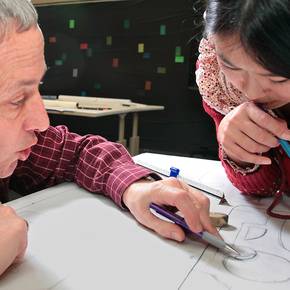
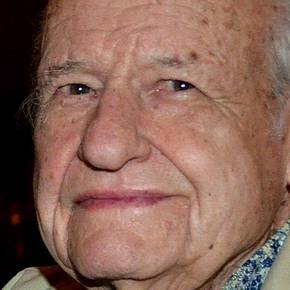
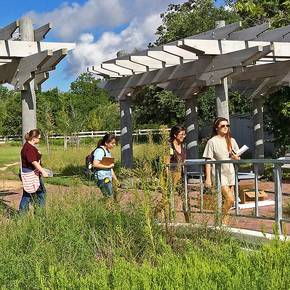

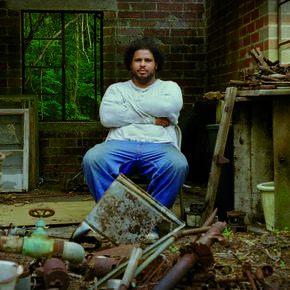

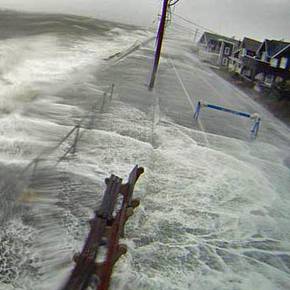
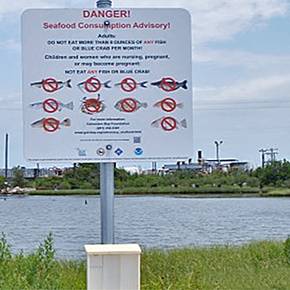
land development

Students design building plans for Fort Worth school
posted
May 28, 2015
To assist fundraising for a faith-based Ft. Worth boarding school proposed to serve economically disadvantaged youth0, Texas A&M students developed design concepts, construction schedules and operating cost estimates.

Noted South African developer to lecture on de-urbanization
posted
April 20, 2015
Chris Mulder, one of South Africa’s top environmental designers and an outstanding alumnus of Texas A&M’s College of Architecture, will present “De-Urbanization: Creating Sustainable Rural New Towns” at 5:45 p.m. April 29 in Scoates Hall Room 208.

Two Texas towns helped by Texas Target Communities
posted
March 30, 2015
Two small Texas communities are shaping their futures with help from Texas A&M’s Texas Target Communities program, which aids municipalities that lack urban planning resources available to larger cities.
April 6 workshop, lecture to examine New Urbanism
posted
March 26, 2015
Urban planning author and educator Emily Talen will lead a planning workshop and present a lecture on New Urbanism, a planning movement that champions compact, walkable urban spaces, during a Monday, April 6 visit to Texas A&M.
JAPA features 4 papers by TAMU disaster researchers
posted
March 4, 2015
Texas A&M’s national prominence in disaster planning research is evidenced in the February 2015 Journal of the American Planning Association special issue in which four of the publication’s 10 articles were penned by Texas A&M faculty and former students.

Healthcare complex design nets 1st place for graduate students
posted
February 27, 2015
Texas A&M graduate students’ vision for the future of outpatient healthcare delivery earned first place in a Feb. 19 American Institute of Architecture design contest in Houston.

LAND students design trail for Houston suburb
posted
January 29, 2015
A 6.5-mile hike-and-bike trail designed last fall by Texas A&M graduate landscape architecture students is poised to be the latest addition to a series of award-winning, Texas A&M student-designed parks and recreation spaces serving the suburban north Houston area.

40th ASLA Aggie Workshop featured lectures, charrettes
posted
January 22, 2015
Landscape architecture students teamed with practitioners from across Texas for the 40th annual Aggie Workshop, a daylong series of design charrettes and lectures hosted Feb. 6, 2015 by the Texas A&M student chapter of the American Society of Landscape Architects.
FAIA Stanley ’48 leaves impressive legacy in El Paso
posted
November 26, 2014
Duffy Stanley, 91, who earned a bachelor of architecture degree at Texas A&M in 1948, passed away Sept. 27, 2014 after decades of shaping the El Paso, Texas region with his design, planning and preservation efforts.

Donated nature area will serve LAUP as 'living' classroom
posted
November 4, 2014
A nature preserve near campus, gifted to the university by the late David E. Schob, a beloved history professor, will serve as a “living” classroom supporting landscape architecture and park and tourism sciences students' design and research projects.
Profs publish book with steps to raise community resilience
posted
October 21, 2014
Procedures to create resilient communities — places that avoid, absorb and recover quickly from natural disasters — are detailed in a new book co-authored by four urban planning educators at Texas A&M’s College of Architecture.
‘Turkey Creek’ film to highlight Campus Sustainability Day
posted
October 20, 2014
“Come Hell or High Water: The Battle for Turkey Creek,” a documentary chronicling a decade-long struggle of Gulfport, Miss. residents to stop a land development project threatening their neighborhood, will be screened at 5 p.m., Oct. 22, in Evans Library Annex.

Students help create winning master plan at Bangladesh event
posted
September 16, 2014
A master plan for transforming a heavily polluted industrial area in Dhaka, Bangladesh into a vibrant community — designed in-part by two Texas A&M Master of Architecture students — earned first place honors at a four-day design charrette in Bangladesh.

Planning prof helps write paper urging coastal policy change
posted
August 4, 2014
To contend with the rapidly escalating threat of coastal flooding, government agencies need to adopt a new, fundamentally different strategy focused on flood prevention rather than recovery, according to a recent National Research Council report.

Planning prof calls Harris County waste pits a ‘loaded gun’
posted
July 25, 2014
Toxic waste pits along the San Jacinto River in far east Harris County containing dioxin and other hazardous substances are a “loaded gun” threatening human health and the environment, said Sam Brody, professor of urban planning at Texas A&M University.
Follow Us
Facebook Twitter Vimeo Youtube Flickr RSS
Recent Posts

Planning prof heads study of disaster housing aid
June 12, 2020

A message from the dean
June 2, 2020

Former student remembered as expert planner
April 16, 2020

Leading educator named new head of Architecture Dept.
April 1, 2020

COVID-19 tests given in student-built clinic
March 30, 2020



_thumbnail_small.png)
